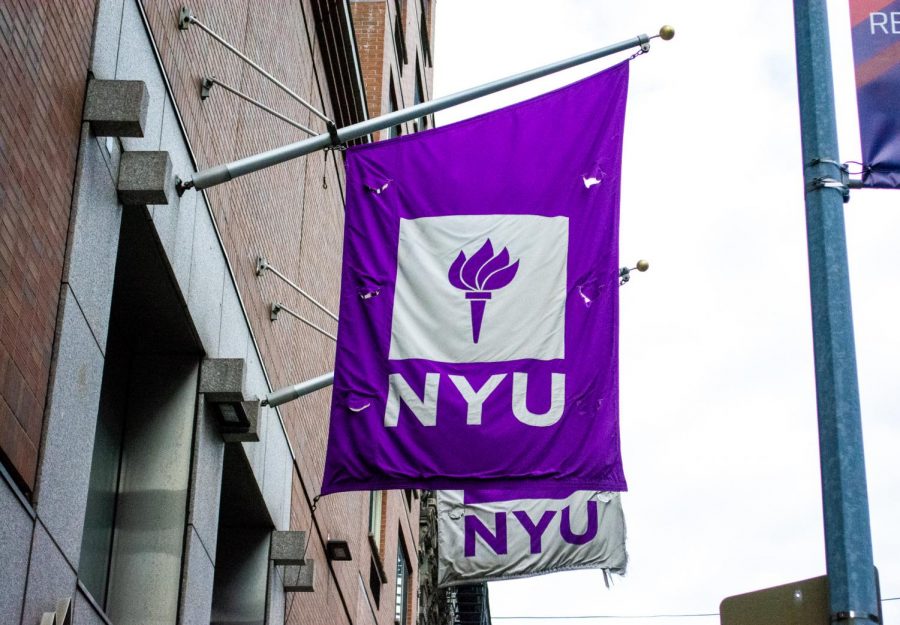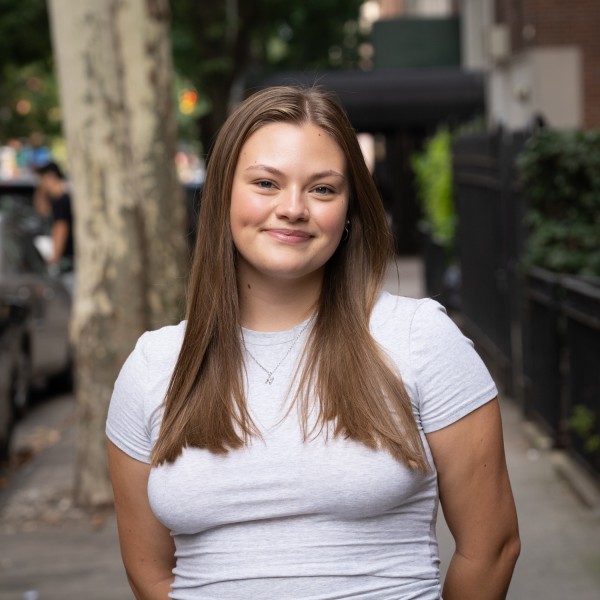NYU’s cluster hiring initiative sure is a cluster
Over the next three years, NYU plans to recruit professors through cluster hiring. Professors will be hired under research clusters to promote faculty diversity and interdisciplinary collaboration, but the plan is confusing.
NYU’s new Faculty Cluster Hiring Initiative aims to improve faculty diversity. However, it remains unclear how the university actually plans to revamp the hiring process. (Staff Photo by Manasa Gudavalli)
December 8, 2021
According to Charlton McIlwain, NYU’s vice provost for faculty engagement and development, 2020 brought about “two pandemics” — COVID-19 and police violence. Though both were certainly aggravated by racial injustice, only one emerged recently. The other has persisted for hundreds of years and will not be solved without systemic action.
In response to the “two pandemics,” the provost’s office implemented the Faculty Cluster Hiring Initiative, a three-year plan to recruit more faculty from historically underrepresented racial and ethnic groups. However, the process and the provost’s office’s goals are confusing — even to the people involved.
The Faculty Cluster Hiring Roadmap, which lists the goals and objectives of the initiative, states that only 22% of domestic faculty come from “underrepresented racial and ethnic groups,” compared to 44% of students. Why do they point this out? What does “underrepresented” even mean to them? Even after weeks of trying to contact those involved in the initiative, I didn’t get any straightforward answers.
Because NYU’s Affirmative Action and Equal Employment Opportunity policy prevents the university from hiring based on race, the initiative has to go about it indirectly. It recruits candidates who study underrepresented groups rather than candidates from underrepresented groups. I assume the idea is that these fields are more likely to draw people of color.
Since April, 17 cluster proposals from deans’ offices across the university have been approved, and 13 have already begun the faculty recruitment process. The faculty will be hired into clusters — interdisciplinary research specialties that span multiple NYU schools and departments. Each cluster will consist of between three and six faculty members who are tenured or on the tenure-track, meaning that they’ll eventually be given permanent positions.
“The advantage of hiring faculty as part of a cluster is that it helps to develop a structure for building communities that promote collaborative research, teaching and engagement,” McIlwain said. “It also helps to promote faculty retention.”
The Faculty Cluster Advisory Committee was appointed to provide feedback on cluster proposals and develop protocols for recruiting professors. It consists of faculty members who have knowledge of universitywide research and a demonstrated commitment to the initiative’s goals.
José Pagán, the chair of the Department of Public Health Policy and Management at the Robert F. Wagner Graduate School of Public Service, has served on the committee since last year and stressed the initiative’s role in fostering innovation.
“Cluster hiring in strategic areas will only accelerate the quality of our work and the impact we have around the world,” Pagán said. “Innovation requires teams that are not only focused on solving vexing problems, it also requires diversity of ideas, backgrounds and experiences. The committee gives us the space to contribute to achieve these goals.”
Another committee member, Sundeep Rangan, associate director of Tandon research center NYU WIRELESS, said he thinks the initiative’s specific mission is unclear. While aware that the initiative has a general aim of improving faculty diversity, he was unsure whether it defines diversity by the candidate’s identity or by their area of expertise. According to the cluster hiring goals, both are part of the initiative. However, Rangan doesn’t think they should be.
“In the engineering school, hiring diverse candidates is already difficult and hiring a cluster of such candidates all in the same area may be even harder,” Rangan said. “So, it may be good to split those objectives.”
Rangan did not elaborate on why diversifying Tandon is difficult, but he was concerned that the 17 preselected clusters would make it harder. Instead, he suggested that schools pitch their own clusters — another thing he didn’t elaborate on.
Rangan blamed his confusion on the fact that he only attended one Faculty Cluster Advisory Committee meeting, yet he was not the only committee member to report a lack of involvement. 37 NYU faculty are listed as committee members, though at least eight are on university leave or no longer participating. Two others did not feel knowledgeable enough about the initiative and its goals to comment on it — one of them had also attended only one meeting.
That means nearly one-third of the advisory committee are not active participants in its decisions. Though one of its primary responsibilities is to critique cluster proposals before they advance to the provost’s office, 13 clusters already have open job applications. It is unclear the extent to which those proposals were reviewed before the provost’s office authorized them.
According to College of Arts and Science student council advocacy chair Sam McCormack, the CAS student council executive board has discussed the initiative. But like everything else surrounding the initiative, their plan of action is ambiguous.
The meager details provided by the initiative’s documents, website and personnel fit together like an impossible puzzle. Although the general goal of wanting more diverse faculty is well-intentioned, the initiative fails to address the long-lasting second pandemic.
An ill-defined three-year timeline won’t be sufficient in addressing what he describes as an urgent issue. It requires clear goals and substantive action, and even those involved in the initiative couldn’t explain to me what the program’s goals or actions are. All they could supply were superficial answers, preaching diversity without even defining what it was.
Contact Natalie Thomas at [email protected].

























































































































































